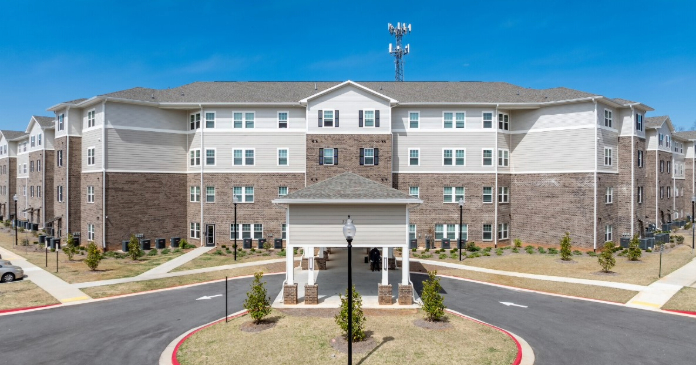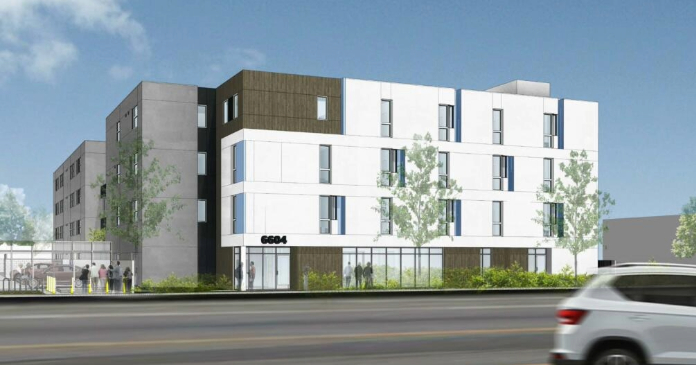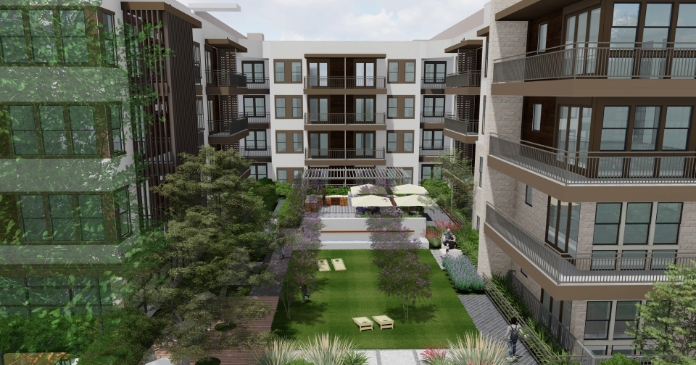And the winner is
I love that line. It’s that time of year when we recognize the best in class within our great industry. NAHB’s coveted Pillars of the Industry winners are in and, man, are they cool.
Our own editor-in-chief, Michael Rudy, was among this year’s judges. Rudy is a brilliant Stanford-trained mechanical engineer, not an easy hurdle to overcome when trying to impress with product or business models. And yet, impressed he was.
The standards of this competition are rigorous and the winners have brought, in many cases, truly innovative models and concepts to the contest. The ingenuity and genius across this year’s winners are inspiring. Congratulations one and all—winners and finalists.
It’s said that to be brilliant, one only need to find and emulate brilliance. Allow me to help. See the cover story. We are delighted to bring you multifamily housing’s best of class, NAHB’s Pillars’ of the Industry winners.
Creating value—a primer
Events like Pillars celebrate entrepreneurship at its best. Businesses of all shapes and sizes are the foundation of our great country’s prosperity, and the backbone of its might. Winning the business, or resident, is our daily mission in a free and open market.
Even without the open religiosity upon which our country was founded, owners and operators practice the principles of faith through service to their fellow man day in and day out. Providing value, in this case housing, and the vast ecosystem of services and products that make value possible, paves the road to prosperity for our businesses and for hundreds of others.
Entrepreneurship is intrinsically linked to free market capitalism. Free markets generate competition for the best ideas, as opposed to top-down regulation.
As owners and operators, we’re familiar with market competition and its impact on business. Competition invites us to be better, think smarter, up our game on products and services—all delivering value to our residents. It’s within this rivalry for market affection that innovation is created and hearts are fed.
The opposite of a free market is regulation and monopolies. Either of these suck the oxygen from a market by removing the importance of the consumer (resident).
We’re in the midst of a clear example of this with Big Tech. As the focus continues to shift toward the large company interests, the import and interest of the consumers become less and less central.
We’ve seen the worse of this on the West Coast where the social narratives have, once again, made apartment owners and operators the villains in the severe housing affordability crisis and the economic slump brought about by merciless lockdowns.
In many West Coast cities, the industry’s social responsibility has too easily morphed into financially absorbing the losses resulting from lockdowns not in the landlords’ control.
Corporate Social Responsibility has evolved into Corporate Social Justice. Owners and operators, at least those still in the game, have watched the sanctity of a contract—both that of land rights and lease—dissolve on the unconstitutional grounds of social justice.
Social causes can bond landlord and resident. But social causes, emotional by nature, can just as quickly drive a wedge between owner/operator and resident. It’s a landscape better avoided altogether.
This is a great country. Holding fast to providing value to our residents—the core of our business—will continue to drive success and elevate this land of opportunity.















